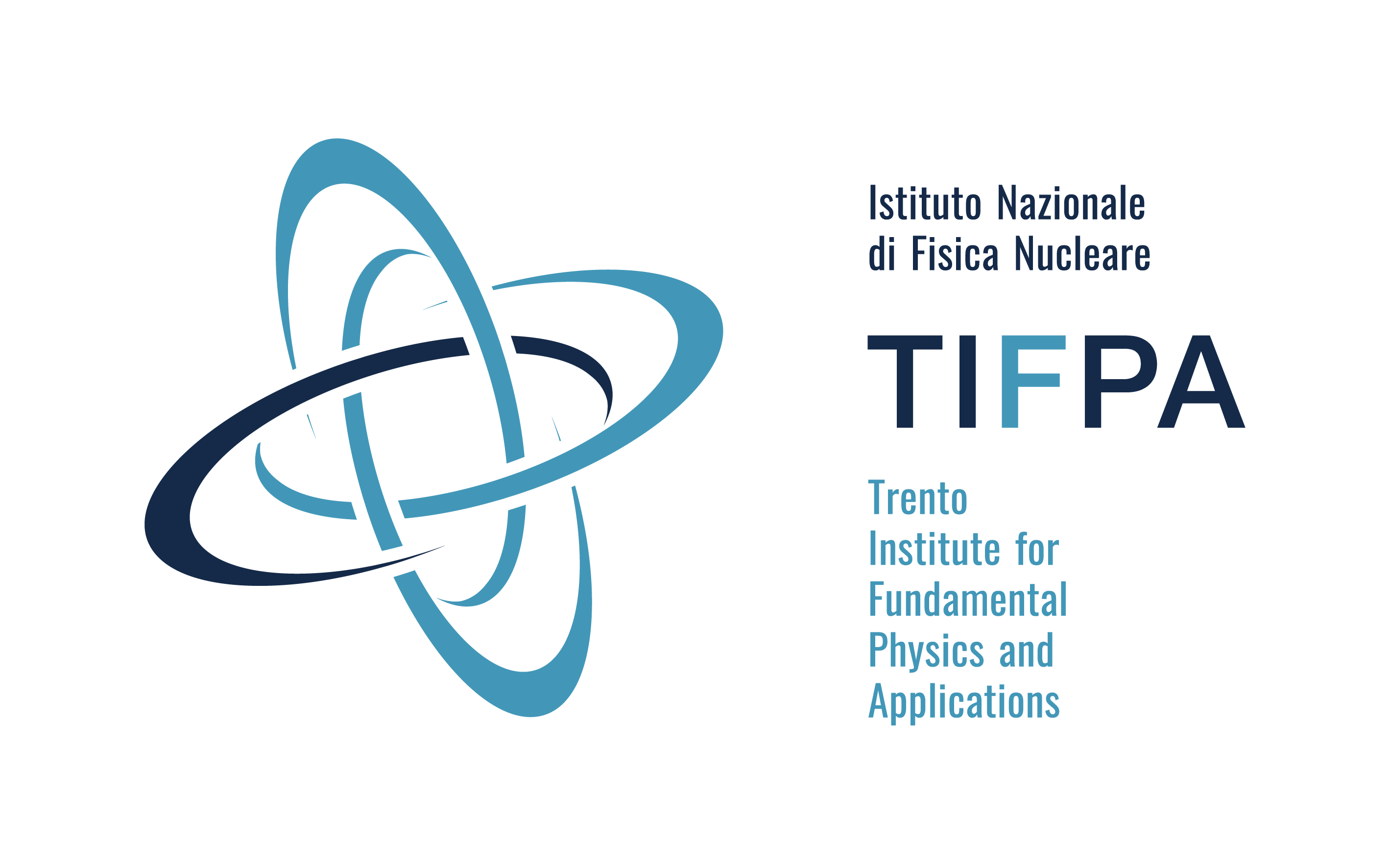FOOT - FragmentatiOn Of Target
Primary goal of the FOOT experiment is the measurement of target fragmentation cross sections in proton therapy. These data are essential in order to provide an accurate description of nuclear interactions taking place between the beam and the patient tissues in the treatment planning softwares.
The Science
The main goal of the FOOT experiment is to improve the accuracy of proton therapy cancer treatments, by studying the inelastic nuclear interactions taking place between the primary beam and the patient tissues. Target fragments that originate from such interactions can have high charge (i.e. high biological effectiveness) and low residual range. This means that they will deposit all their energy close to their generation point. Consequently, a biological effect might be associated to target fragments, especially in terms on normal tissue damage in the entrance channel before reaching the tumour. Currently, these interactions are not accurately considered by treatment planning softwares, due to the lack of cross section data to describe target fragments production.
FOOT will measure such cross section with high precision (less than 5% uncertainty), by adopting an inverse-kinematics approach. TO this purpose, a complex experimental setup is currently under design and partially already in realization. The FOOT collaboration involves 10 INFN groups and benefits from international collaborations (GSI, Darmstadt - Germany; Nagoya University - Japan).
TEAM
• Involved external institutions: GSI, Darmstadt (Germania); Nagoya University (Japan)
• INFN groups: Napoli, Roma1, Roma2, Frascati, Perugia, Milano, Pisa, Torino, Bologna, TIFPA
• Principal Investigator: Vincenzo Patera, INFN Roma1
• INFN Project: CSN III
• Duration: 2017 - 2019
TIFPA Team
• Local responsible for TIFPA: Francesco Tommasino, Università di Trento e TIFPA
• Involved TIFPA people: Sebastian Hild, Piero Spinnato, Emanuele Scifoni, Marco Durante
Images

The figure schematically shows the impact of target fragmentation in two different positions along a proton Bragg peak. Specifically, it suggests that while approaching the Bragg peak the main contributions to cell inactivation is due to ionization events, target fragments might play a significant role in the entrance channel where the primary proton beam has high energy and deposits little energy.



